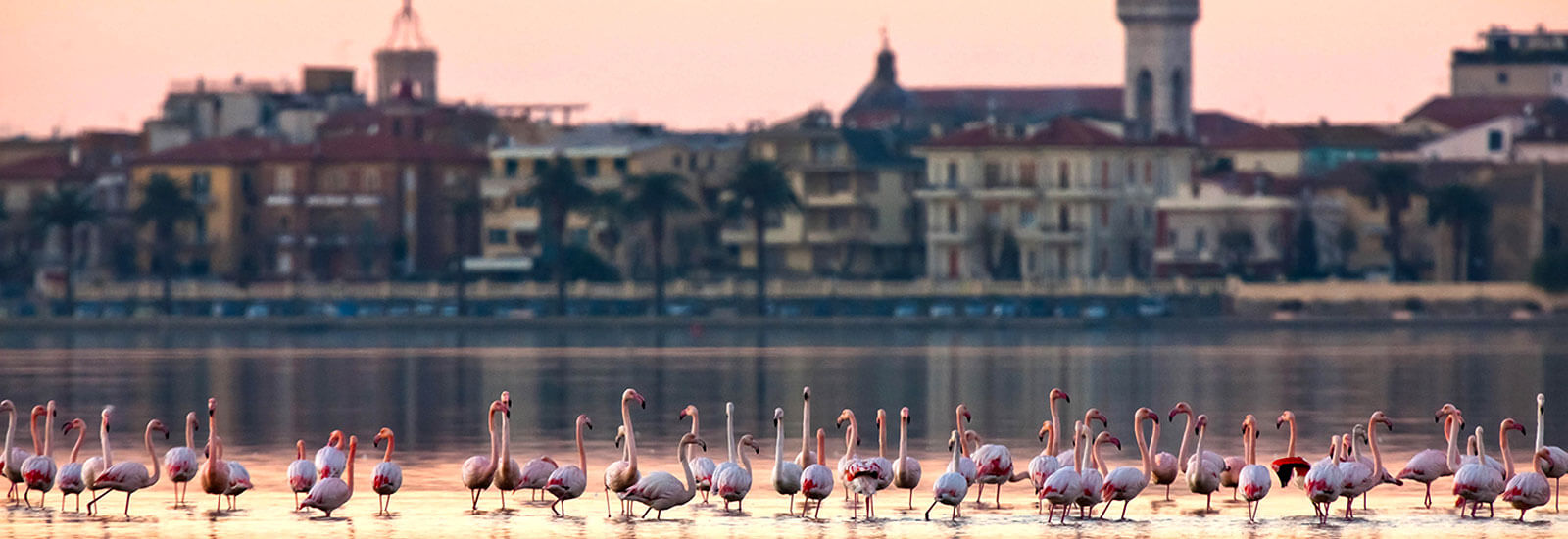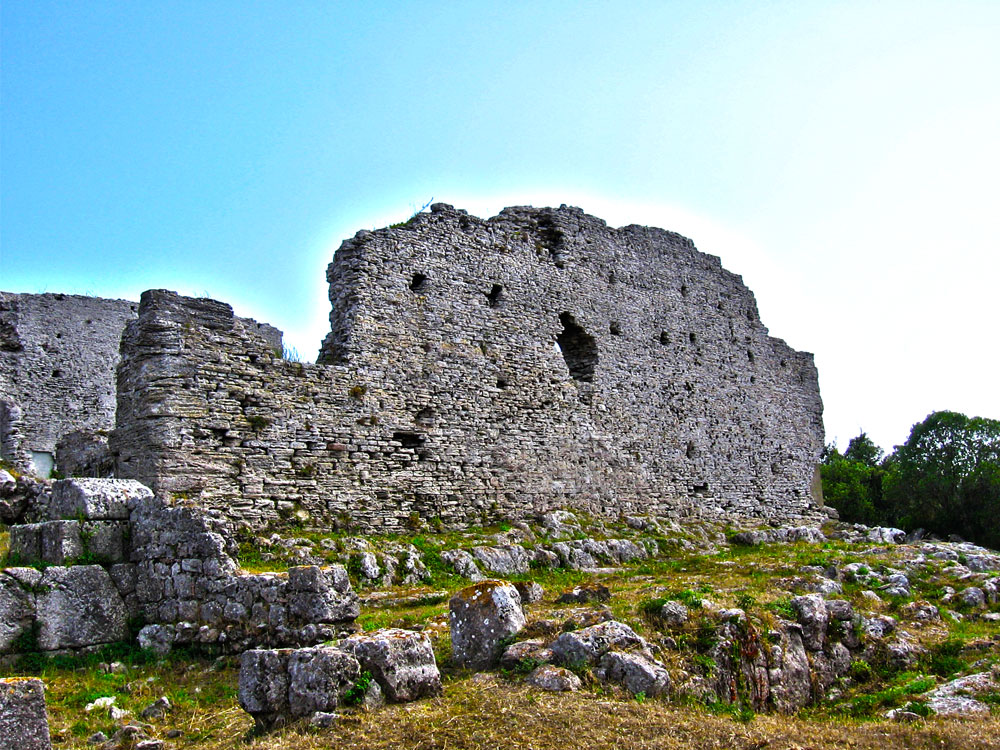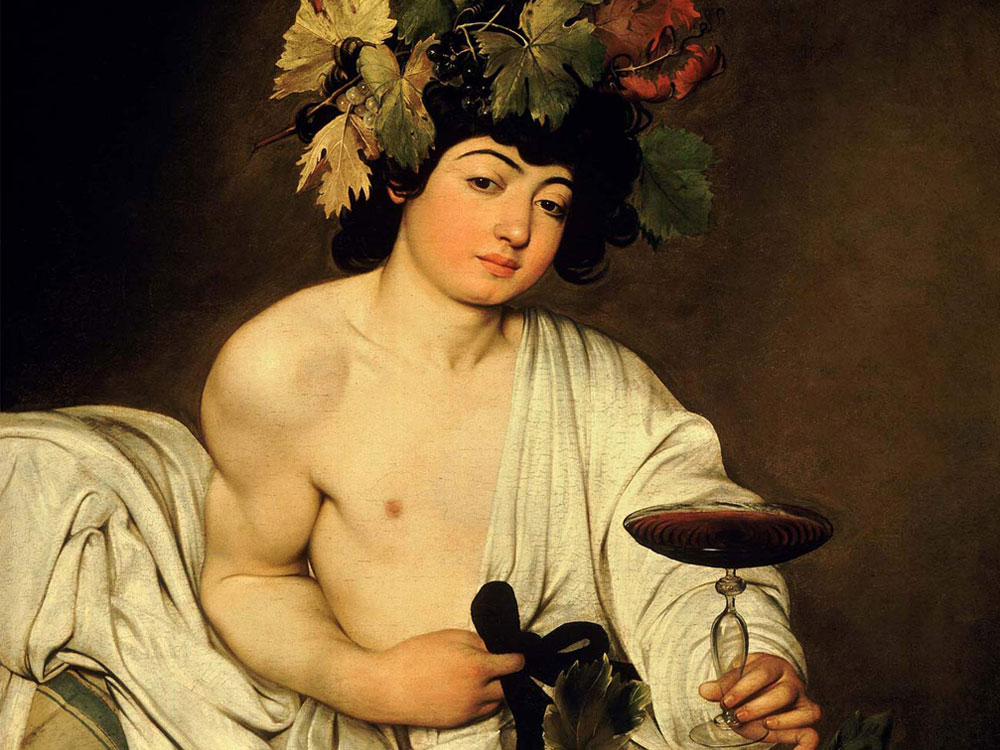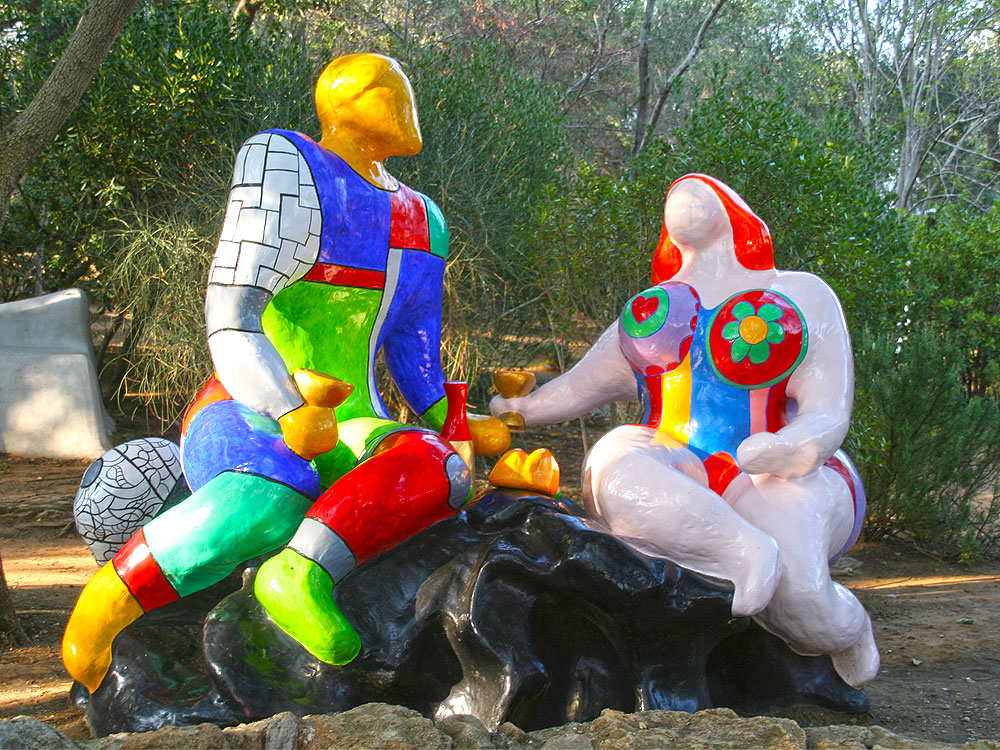Art
Surely to visit, is the S. Maria Assunta's Cathedral, built probably on a preceding temple of V century b.C. in honor to Jupiter; a curiosity is represented by the Mulino Spagnolo at the beginning of the "dam" that join the city to the Argentario Mountain. Really interesting is the S. Francesco di Paola church and also the one consecrated to the Madonna delle Grazie (this one finely frescoed). Etruscan towns and burial sites scattered trough the Maremma hinterland form the destination for fascinating excursions and archeological visits. Enchanting medieval villages preserved in their original condition are also characteristic of this area. Capalbio with medieval architecture and wild Mediterranean scrub evoke a sense of unforgettable tranquility. For Modern Art the fantastic Tarot Garden of Niki De Saint Phalle, an artist of international renown, whose works, made of mirrors and brightly colored ceramics, represent the mysterious symbols of the Tarots.
Nature
In the Maremma its natural beauty is well preserved, with its particular landscapes and the quality of its products. There are many protected areas in parks and natural reserves. It unveils itself as a beautiful and untamed land, unspoiled and abundant, caressed by sun and sea, brimming with those natural perfumes that only a carefully protected natural environment can provide. From Talamone to Capalbio you will find kilometres of beaches and inlets; Giglio, a large and beautiful pearly island in the sea, or Montecristo, a deserted island, or Giannutri with the ruins of the Roman villas are well worth your visit. And the Argentario, a headland which appears to be a vessel, moored to the coast at both ends, the Tomboli of Giannella and Feniglia. Between the two is the backwater of Orbetello.
Caravaggio
Michelangelo Merisi, called Caravaggio (Milan, September 29, 1571 - Porto Ercole, July 18, 1610) was an Italian painter. Trained in Milan he worked in Rome, Naples, Malta and Sicily between 1593 and 1610, and was one of the most famous Italian painters of all time, his fame is still universal. On 16 July 2010, nearly 400 years after his death and after over a year of historical research, analysis of skeletal and comparisons with the DNA of the descendants of surname "Merisio", a team of Italian scientists has confirmed that the bones covered with lead and mercury (used in abundance by the painters of the '600 to prepare the colors) found in a mass grave in the cemetery in Porto Ercole, are at "85%" those of the great artist. The remains of Caravaggio were located in the crypt of the Cemetery Church of Porto Ercole. The research was organized by a consortium of institutions coordinated by the University of Bologna, with the support of the universities of Salento and Aquila and the environmental research center of Ravenna. The result was reached by combining the results of investigations of historiographical and skeletal biology, and the use of technologies for the detection of heavy metals in the bones, earthy sediment and DNA analysis. On July 3, 2010, after a week in the town of Caravaggio, the remains of Caravaggio have been reported by sea in Porto Ercole (where they will remain), and put on display at Forte Stella.









